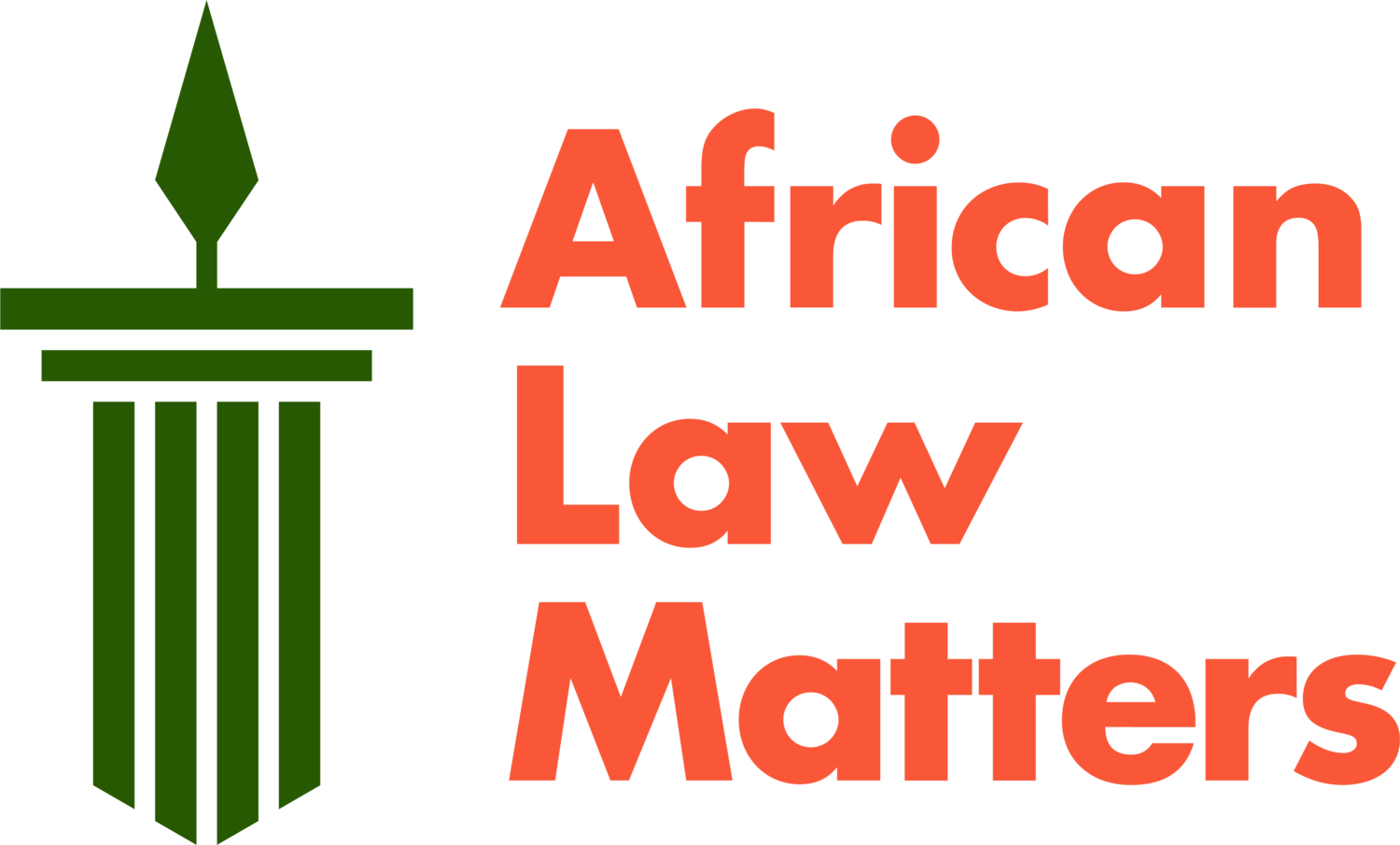Administrative Justice in the Constitutional Court at 30
Picture Credit: File:ConstitutionalCourtofSouthAfrica-table-20070412.jpg
The Constitutional Court of South Africa recently commemorated the 30th anniversary of its establishment as the highest court in the land.
This moment marks a significant milestone, not only for the Court itself, but for the broader democratic project in South Africa. Over the 30 years currently under review, the Constitutional Court has been one of the most critical sites in the pursuit of administrative justice in South Africa. From the moment that the Court first opened its doors on 15 February 1995, the realisation of administrative justice has remained something of a guiding narrative, particularly because of the routine abuse of governmental power by successive apartheid regimes.
Why administrative justice matters?
During apartheid, it was commonplace for the government to abuse public power, often doing so along racial lines, discriminating disproportionately in a multitude of ways against black South Africans.
The Westminster system of parliamentary sovereignty, which established Parliament as the supreme authority in South Africa, left the courts with very little power to scrutinise administrative decisions taken by the state. It was not unusual in those years for Parliament to explicitly insulate certain administrative decisions from review by the courts, making them final and placing them beyond the purview of the law.
When democratic era commenced in 1994, it was reasonable to expect that the importance of administrative justice would not only be emphasised through the inclusion of concrete constitutional rights to lawful, reasonable, and procedurally fair administrative action, but that it would also lie at the heart of the new South Africa as a foundational value, informing the country’s culture, organisational perspective, and political philosophy. For the courts, the dawn of the constitutional era also furnished a more readily legitimate constitutional and political theory to justify their oversight of, and intervention in, exercises of public power by government officials.
Administrative Justice in the courts before PAJA
In the immediate five years after apartheid had been brought to a halt, much of what the Constitutional Court had to do involved setting out the precise scope of application for the judicial review of diverse actions taken by organs of state, and determining what the reach of administrative justice rights should be in a democratic South Africa.
The inaugural Justices of the Court were generally unfamiliar with the new environment for administrative justice, and they were, to some extent, overwhelmed by the wide reach of judicial control they had to exercise over bureaucratic powers.
With some initial difficulty, they began to interpret and attempt to define what exactly constitutes the ‘administrative action’ which the Constitution says may be scrutinised for its lawfulness, reasonableness, and procedural fairness. In a series of judgments delivered between 1996 and 2000, the Court quickly and boldly established that administrative action can include any behaviour of government. Administrative action would, however, be distinct from judicial, executive, and legislative powers. Before long, the Court won the hearts of many when it reasoned that what matters most in policing public power under democracy is not so much who, or which functionary, exercises the power, but the nature of the power being exercised. The mere fact that the power is exercised by a President, a Speaker of Parliament, or a Justice of the Court does not necessarily shield it from being subject to administrative justice review, provided the power constitutes administrative action.
This generosity, as understood very early by the court, was consistent with the democratic vision of our Constitution and promoted the ideals of holding power accountable.
“For the courts, the dawn of the constitutional era also furnished a more readily legitimate constitutional and political theory to justify their oversight of, and intervention in, exercises of public power by government officials.”
Administrative Justice in the PAJA era
On 3 February 2000, the Promotion of Administrative Justice Act (PAJA) was enacted with the aim of giving effect to the administrative justice rights contained in the Constitution. By its own admission, PAJA would strive to achieve administrative justice by providing for the review of administrative action by the courts, imposing a duty on the state to give effect to administrative justice rights, and promote an efficient administration.
These were quite noble aspirations. In the same spirit, PAJA went further and offered what has arguably been a problematic and complicated statutory definition of what administrative action is. From the moment of its introduction, PAJA’s definition instantly muddied the waters in the policing of administrative powers, particularly by purporting to restrict the reach of administrative justice. While the enactment of PAJA certainly affirmed the country’s commitment to the achievement of administrative justice, it was, to some extent, clear that the Act and its definitional elements had been developed more out of concern about overburdening the administration, making it too accountable for almost every decision.
In much of what followed in the PAJA era, the courts became disproportionately preoccupied with navigating the complex terrain of the definition of administrative action in PAJA, which not only required decisions to be of an administrative nature, but also required such decisions to adversely affect rights and to have a direct, external legal effect, among many other elements. Instead of simplifying access to administrative justice, the palisade of qualifications introduced by PAJA meant that it was no longer possible to think of administrative justice rights as readily accessible in the courts.
Between 2003 and 2004, nearly half of all reported administrative justice cases were directly concerned with the difficult task of giving meaning to the term “administrative action.” This certainly came at the expense of dealing with more substantive administrative law issues, such as the requirements of lawfulness, reasonableness, procedural fairness, and the right to written reasons for administrative action.
By 2006, the apex court had acknowledged that the task of determining whether exercises of public power constituted administrative action continued to be a matter of great complexity, negatively impacting the realisation of administrative justice in South Africa. In some difficult cases, where it was especially challenging to qualify conduct as administrative action under PAJA, it appeared preferable for the courts to avoid the Act altogether. This option became even more appealing with the development of judicial review based on the principle of legality, which generally regulates all exercises of public powers under the Constitution.
In so far as the Constitutional Court has been concerned, however, avoidance of PAJA in cases where it clearly applied, no matter how complex, has never been constitutionally appropriate. The Court has been clear in some of its judgments that avoiding PAJA undermines the separation of powers and the democratic role of the legislature and its lawmaking authority.
There is no doubt about the Court’s respect for the separation of powers.
Administrative Justice at 30
Since the introduction of PAJA, the Court has made a concerted effort to place administrative justice on a more coherent footing, as required by the Constitution. In several judgments, it has encouraged reconciliation between the Constitution and PAJA, establishing that PAJA must be interpreted consistently with the Constitution, thus demanding the establishment of an overarching system of administrative justice review.
As South Africa’s apex court reflects on 30 years of its existence, it has not been all quiet on the administrative justice front. Administrative justice has been one of the most critical areas of focus over the last three decades. The Court has had to work diligently to develop a jurisprudence that affords meaningful protection to ordinary people against abuses of governmental power, upholding the rule of law and accountability as fundamental principles of our democratic state.
In the last 30 years, South Africans have benefited from a Constitutional Court committed to granting, rather than denying, administrative justice rights to ordinary people.


